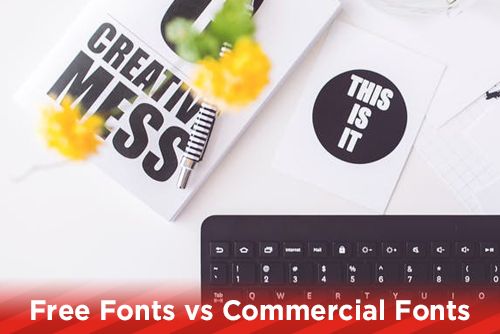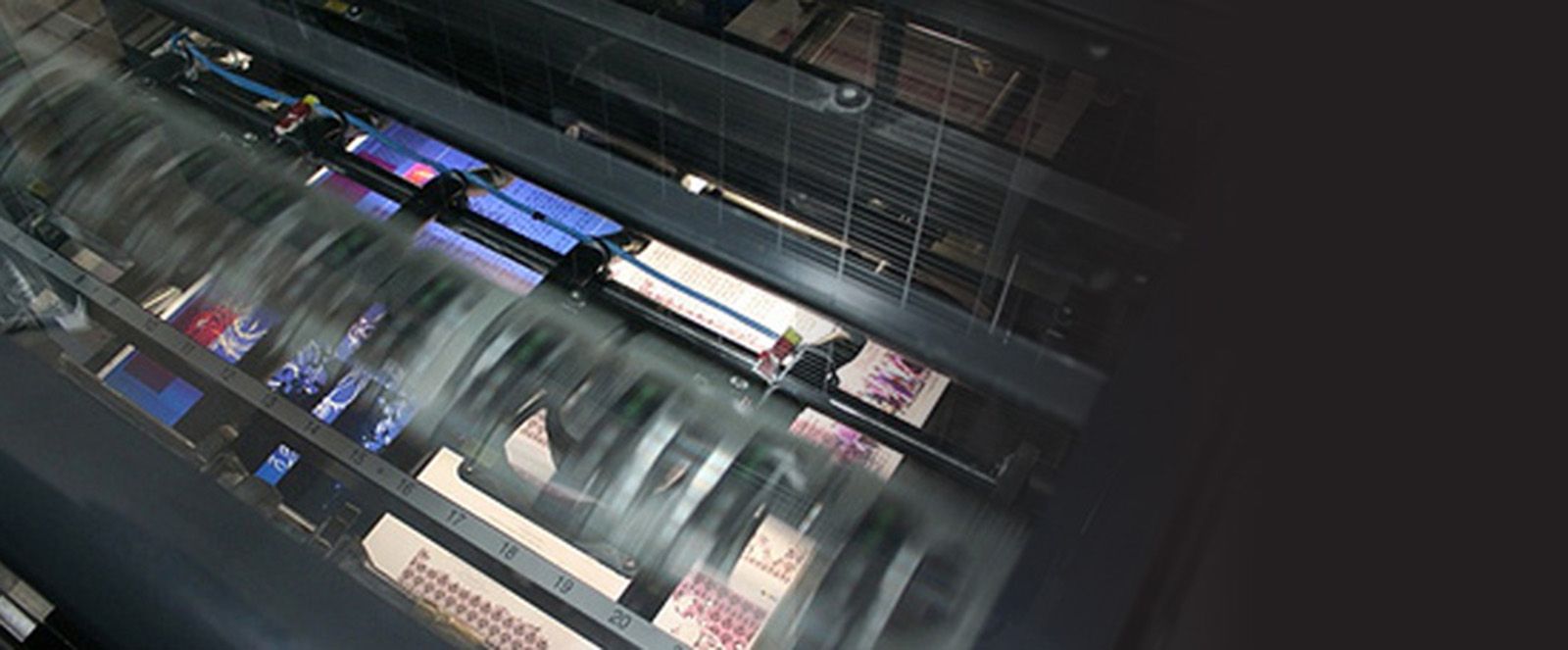
Fonts are awesome! There are so many type styles available you could spend hours pouring through font sites looking for the right fit. Serif, sans serif, script, handwritten, fixed width, and they all look great. When you find the perfect font that makes your design come together, you could face two choices. Free fonts or paid fonts. Which do you choose? Here are some tips to consider when faced with this choice.
Free Fonts
You can find free fonts on sites like dafont.com and fontsquirrel.com plus a ton of other ones. Free fonts are created by designers who are passionate about fonts and want to add value to the community without charging a price for their work. Just make sure you read the disclaimer as some fonts are free only for personal use. To use for commercial projects, the author of the fonts may ask for a donation.
Advantages to free fonts:
- It’s FREE!
- Easy to find and use
- Plenty to choose from
Disadvantages to using free fonts:
- Non commercial use
- May be missing letters or glyphs
- Often single weight fonts
These fonts are produced by design companies who spend hours creating and modifying font collections that are precise and expertly created. Companies like House Industries and OkayType hire top notch font designers to crank out beautiful fonts such as Rat Fink and Latino. They sell these fonts for profit and to help fund future font projects.
Advantages to using commercial fonts:
- Professionally designed
- Full support
- Multiple weight fonts
Disadvantages to using commercial fonts:
- High prices
- May have to purchase multiple licenses
- Free font may be similar looking
Once you have decided on a free font or a commercial font, there are a couple terms you need to know. There are three font types that are used most often: PostScript, TrueType and OpenType fonts.
PostScript Fonts
These fonts were created by Adobe Systems and consist of two parts. The “screen” font suitcase holds all the information to produce the font on the screen of your computer. If you are missing the screen suitcase, your font could look bitmapped on the screen. You also have to have the second part of the font, the “printer” font, to work properly. This part has the information to reproduce the font in print; either through your inkjet or laser printer, or through your service providers ripping software. Both screen and printer fonts must be sent to your service provider to avoid errors.
TrueType Fonts
These were produced by Apple and Microsoft to eliminate the need for a two part font suitcase. TrueType Fonts have all the information for your screen and printer in one .ttf font. Truetype fonts are also cross platform and can be used on both PC and Mac. Sometimes switching from PC to Mac or vice versa can cause type reflow when using the same named fonts. This is because some fonts, on PC or Mac, even though they have the same name, could be from different type foundries and have different kerning or line heights applied to the base font. TrueType fonts, being exchangeable, can eliminate this issue.
OpenType Fonts
Microsoft created these fonts based on the TrueType structure, but with added behaviors. OpenType fonts also only have one file with all the information for screen and print included. These are also cross platform and eliminate the chance of type reflow. Using OpenType font on a PC will look the same as on a Mac.
Choosing the best looking font for your design, whether it is a free font or paid font, takes an eye for layout and composition. You would not want to use a fun, cutesy typeface when creating a professional business package with letterhead, envelopes and business cards. But you also do not want to use a stern, professional serifed font for a toddlers birthday invitation. Here are a few guidelines to help you choose fonts that work with your design.
Choose Fonts That Complement Each Other
Pick fonts that work well together as well as complement the design. If you are using a bold, heavy, slab typeface like ChunkFive as your header, consider using a thinner sans serif font for the body text.
Don’t Use Similar Fonts
You are looking for diversement in your design. Using fonts that look close to each other is unnecessary. Using Helvetica with Arial would cause your design to look unprofessional because the two fonts look too similar.
Limit Your Font Use
Overloading your design with multiple fonts creates chaos with your design. Too many different type styles all jockeying for your eye to look at them causes stress for the viewer. Limit your font use to two or three font styles.
Create Contrast with your Fonts
Big, bold fonts like Futura mixed with a clean script font like Quentine creates a contrast between the two. This contrast helps draw the eye to important areas of your design and helps you have the important information seen first.
Taking these steps, along with your color selection and composition, will help you create a design that is pleasing to look at and present your information or ideas to the viewer. Be creative with your use of fonts and don’t be afraid to mix it up or step out of the box sometimes. Use other designs as inspiration but always add your own unique creativeness to the mix.
Stay up to date by subscribing to our mailing list.

